Steve Jobs' daughter Eve is still dead wrong about the iPhone 14
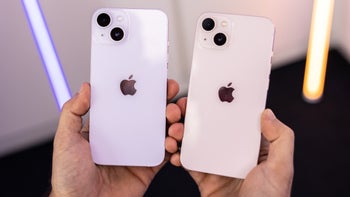
Apple's recipe is no secret. Every year it releases two iPhone Pro models that are the best handsets available from Apple at the time. Then there are the two non-Pro models that are missing some of the features found in the Pro units to make them more affordable to those who don't or can't spend the money on the pricier handsets. Of course, there are also consumers who don't need the extra features found on the Pro models.
Apple loves to differentiate between the Pro and non-Pro models in order to give consumers an incentive to pay up for its more expensive phones. For example, if you want the Dynamic Island "notchification" system, you have to buy the iPhone 14 Pro or iPhone 14 Pro Max (although it is reportedly going to be a feature on all four iPhone 15 series phones later this year). Other features such as the 120Hz ProMotion display, the telephoto camera, and the latest and most powerful Apple Application Processor are found only in the iPhone 14 Pro series.
Sorry Eve Jobs, but you're wrong
The Sydney Morning Herald today ran an interview with Apple's longtime senior director of iPhone design, Richard Dinh. While iPhone users might think that Apple starts with the Pro models each year and then decides what to leave out of the basic models to keep the price down, Dinh says that it is not always like that.

Eve Jobs' hysterical but not accurate meme
"We don't always follow a recipe, as much as maybe our customers would like to predict what we're going to go do next, but it always starts with the customer experience," he said. Apple might have different targets and goals for the non-Pro models when it comes to performance, weight, longevity, and photography. Dinh added, "Sometimes we do draw from the Pros because they're just incredible, and we're bringing some of that hardware to a broader audience, and sometimes we go do something different."
Remember when Steve Jobs' daughter Eve posted a meme indicating that the iPhone 14 was the same as the iPhone 13? Well, as we noted at the time, Eve isn't exactly right here. The iPhone 14 might have the same chip driving it as the iPhone 13 sports (the A15 Bionic with 15 billion transistors inside), but the newer model is lighter, has better battery life, and is equipped with the Emergency SOS satellite feature. The latter allows users to report an emergency by text via a satellite when in an area without cellular service.
Despite having the same chip as the iPhone 13, the iPhone 14 has better performance than the 2021 model. And it is easier to repair the newer iteration of the phone. Dinh points out that "Since iPhone 5, we’ve used a single enclosure design, what we call a bucket design, and then since iPhone 8 with the introduction of wireless charging, we added the back glass, which was permanently affixed to the aluminum housing."
Apple has made the basic iPhone 14 model lighter and easier to repair
"This meant that any repairs to these internal components needs to happen by removing the display first," he added, "and potentially any other pieces, to access the internals, especially the ones located towards the back glass." But with the iPhone 14, a design change that added a central aluminum structure allows either the screen or the rear glass panel to be removed making it easier to get to the inside to repair the device. The central aluminum structure also does a better job at heat dissipation inside the handset.

Is that an iPhone in Eve Jobs' hand?
Also making the iPhone 14 easier to repair than the preceding model is a new internal design. Or as Dinh notes, "This design also introduces our first four-sided stacked main logic board [which] really condenses all the iPhone 14 components in a smaller space and allows us to access the board from either side, for improved repairability."
All of these changes have brought down Apple's estimate to repair an iPhone screen from $579 for the iPhone 13 to $275 for the iPhone 14. And the cameras are also improved on the most recent basic model. "We were able to deliver a larger main camera than last year’s Pros, with a bigger sensor, better low-light performance, and there’s a brand new ambient light sensor in the back, Dinh pointed out. "And then on top of that, there’s our new autofocus front camera with its larger aperture."
Meanwhile, the Pro models continue to outsell the non-Pro models. In 2020, the iPhone 12 Pro line made up 56% of iPhone 12 sales in Australia. That grew to 60% with the iPhone 13 Pro series in 2021, and last year the iPhone 14 Pro models accounted for 61% of Australian iPhone 14 purchases.




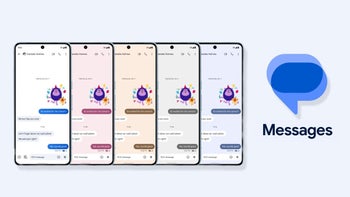
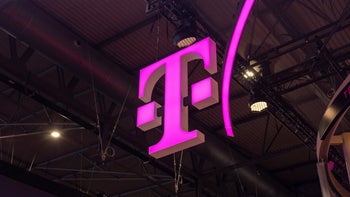
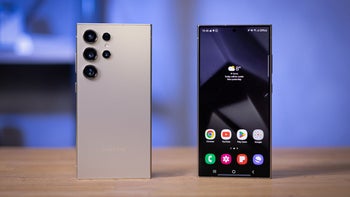

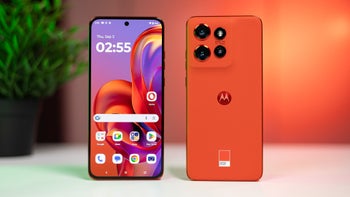
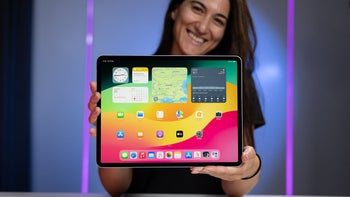
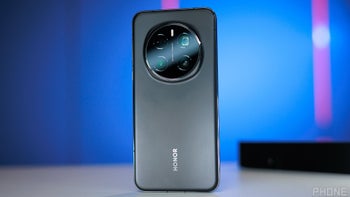
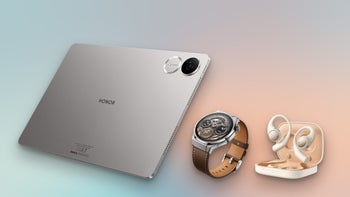
Things that are NOT allowed: